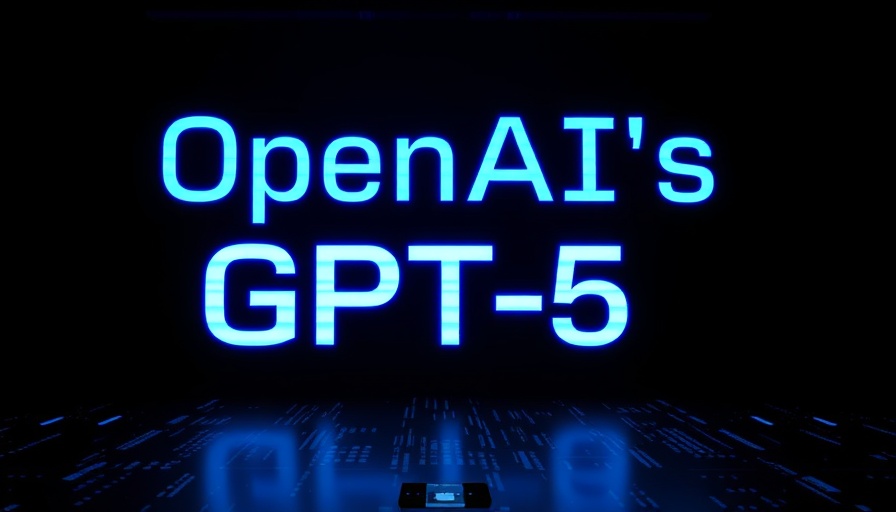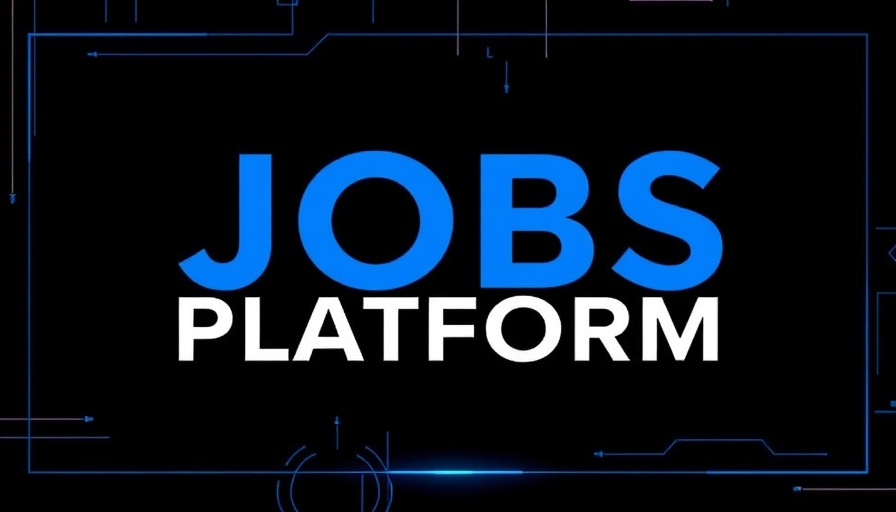
Is GPT-5 the Gateway to Artificial General Intelligence?
The anticipation surrounding OpenAI's GPT-5 is undeniably palpable, especially with expectations of its launch as early as August. OpenAI's CEO, Sam Altman, has hinted that this new model could represent a major leap forward, potentially marking the arrival of artificial general intelligence (AGI). The implications of this are far-reaching, as it could redefine our understanding of intelligence.
GPT-5 is expected to present a unified model that integrates various functionalities, such as reasoning, chatting, and image recognition, into one coherent system. As Marketing AI Institute founder Paul Roetzer aptly noted, this consolidation might be vital for achieving sincere AGI capabilities. Altman’s statement, suggesting that he felt “useless relative to the AI,” raises critical questions about AI's role in our future.
The Potential Impact on Leadership Roles
A fascinating inquiry emerges from these developments: Could AI someday replace human leadership? Altman posits that positions like his own could be better handled by an AI adept at incorporating vast datasets and optimizing decisions. Imagine an AI that engages employees daily, synthesizing feedback and data into actionable insights in mere moments—it could revolutionize corporate leadership!
The User Experience: Anticipation Meets Reality
While industry insiders are poised for this technological leap, average users could be caught off guard. Many may struggle with choosing between AI models; however, GPT-5 could simplify this process by automatically selecting the best options for users. The ease with which it could outperform humans at reasoning tasks adds a layer of complexity to how we engage with AI daily.
Closing Thoughts on AI's Evolution
Whether or not GPT-5 is officially dubbed AGI, its potential to reshape AI from merely a tool to something approaching a synthetic mind is profound. Each stride in AI technology invites deeper reflection on the nature of intelligence and its place in our lives. As we stand on the brink of this evolution, the question remains: How prepared are we to coexist with entities that may surpass our cognitive capabilities?
 Add Row
Add Row  Add Element
Add Element 



Write A Comment